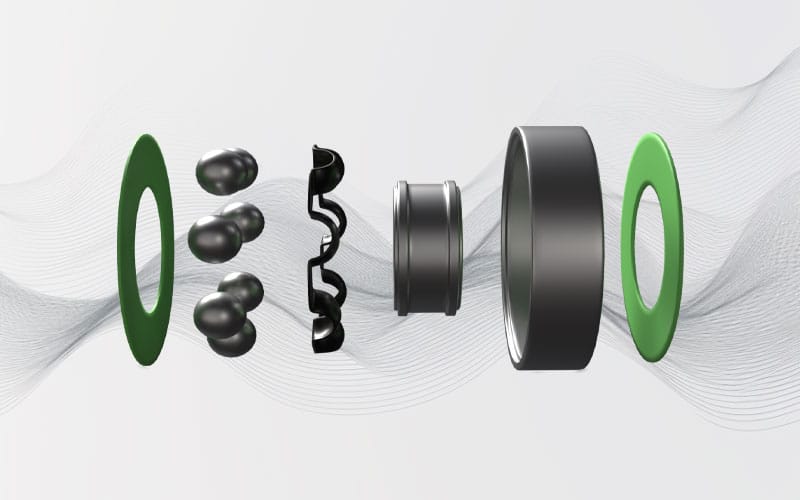A good set of longboard wheels can drastically change how your setup feels. This post will cover what they’re made of, common characteristics, and sizes. It’s also worth checking out this wheel infographic.

What are they made of?
Longboard wheels are made of polyurethane, a type of plastic material.
In the early days, skate wheels were made from metal, then clay. But in 1973, the urethane wheel was introduced, changing skateboarding forever.
Urethane formulas vary by brand and play a significant role in the wheel’s feel. The formula can make the wheels harder, softer, grip, or slide better. This is done using different chemical ratios and techniques during the pouring/curing.
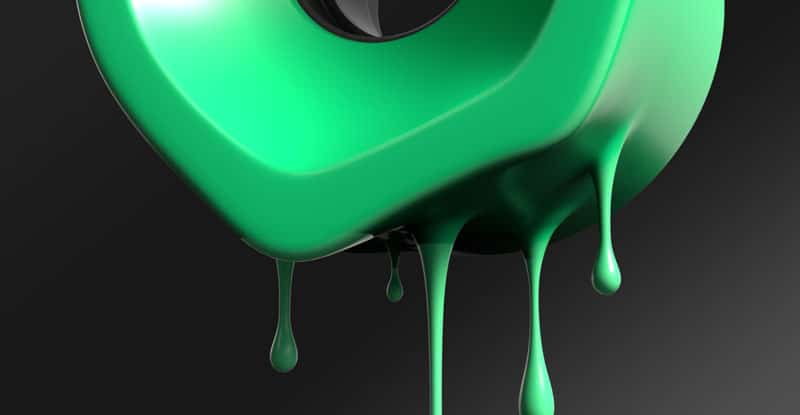

Durometer
Durometer measures the hardness of the urethane. It’s the primary characteristic that will be advertised. The skate industry uses the Shore A hardness scale.
Softer wheel = Lower number (75a-85a). Softer wheels are best for rough terrain and carving.
Medium wheel = Middle range number (85a-93a). Medium wheels are now growing in popularity as a wheel that bridges the gap between the benefits of softer and harder wheels. As innovations continue, this hardness will be the future, but for now, they are best regarded as a jack of all trades with benefits and takeaways in any environment.
Hard wheels = Higher number (93a-101a). Harder wheels are best suited for smooth terrain, skateparks, and sliding.
While the durometer is a decent indicator of the hardness of a wheel, it won’t give you the complete picture of how a wheel will perform. The urethane formulas and wheel shape are more significant than the durometer.
The new tech in skateboarding is soft slide formulas. They have a softer durometer like 83a, but slide like a 100a wheel. The significant benefits of using harder wheels are speed and slide. Modern technology has brought a few of these benefits to softer wheels, and it’s an exciting time to experiment with your setup.
Core
The core of a longboard wheel is the innermost part. It provides structure and support for the outer urethane. It is typically made of a hard plastic material, often reinforced with fibers for added strength.
The core of wheels is not often advertised, but knowing how the core affects your riding is important. In general, wheels with cores are slightly harder and have more rebound than wheels without cores. Harder wheels sometimes don’t have them because the effect is less noticeable.
Cores are placed in different positions. This graphic helps visualize it.
Core Placements
- Centerset
- Offset
- Sideset
Centerset wheels
When the core is in the center of the wheel. Centerset wheels can be flipped and rotated to extend their lifespan. They’re often used for sliding and long-distance riding to promote even wheel wear.
Offset wheels
When the core is slightly closer to one side of the wheel than the other. This results in one side having a larger lip than the other. They’re often used for deep carving riding styles.
Sideset wheels
When the core sits flush with the inside edge of the wheel.
Size & Shape
Large wheels have slower acceleration but retain momentum better on uneven terrain, while small wheels accelerate faster on smooth surfaces but don’t maintain momentum on bumpy terrain.

Width
Wider wheels offer more grip for high-speed turns and better performance on uneven terrain.
Narrow wheels accelerate faster, slide easier, and roll further on smoother surfaces. Narrow wheels will be uncomfortable and less effective on rough surfaces.
Stone-Grounded
Some wheels come with their contact patch stone-grounded. This is when the surface is pre-ground or pre-worn to ensure consistency for sliding.
Lip Edge Profile
There are many ways to refer to lip edges, but to keep it simple…
There’s rounded and square.
Rounded lips are functional for slides since they break traction easier. Square lips are functional for carving/cruising since they grip easier.
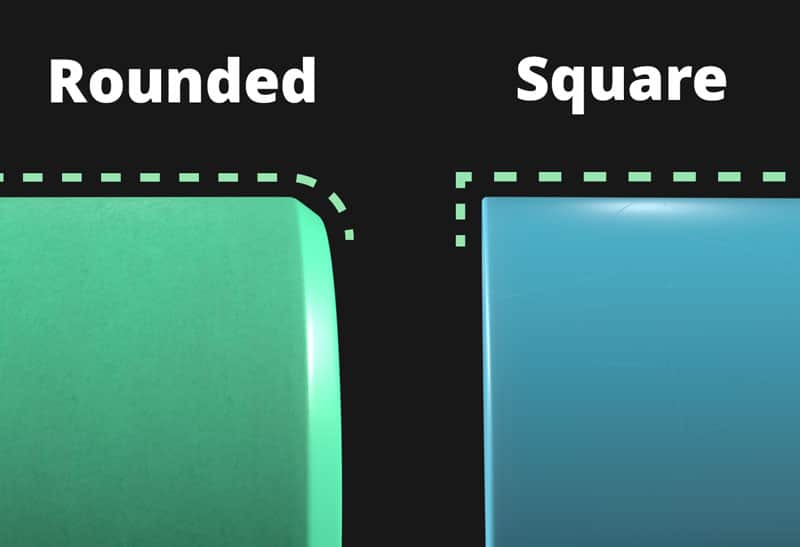
80mm+ Wheels
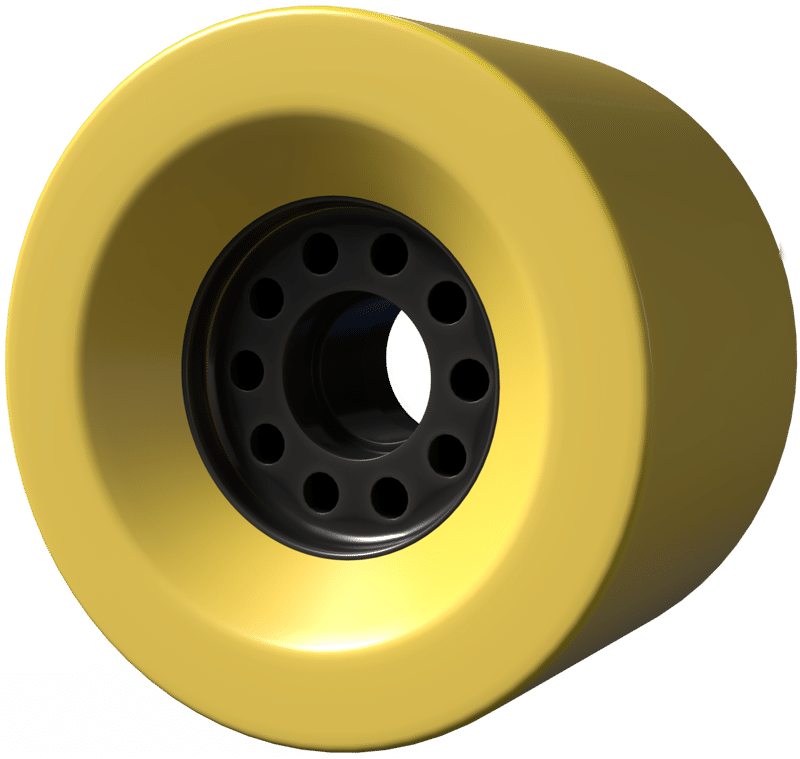
Functional for long-distance riding, cruising, commuting, downhill, and electric skateboards. Since they’re so large, they provide a comfortable ride over rough surfaces and will maintain momentum well.
Popular Wheels
85mm Caguamas
90mm Megawatts
92mm Karma
105mm Dad Bods
70-75mm Wheels
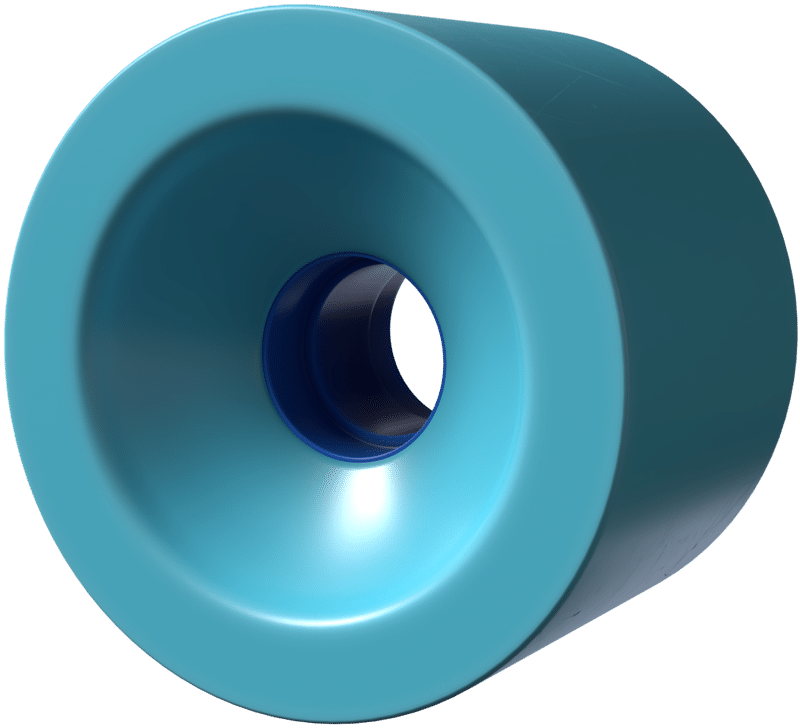
Functional for long-distance riding, cruising, commuting, and downhill.
Popular Wheels
70mm 4President
72mm Plow Kings
75mm AVILA
65-70mm Wheels
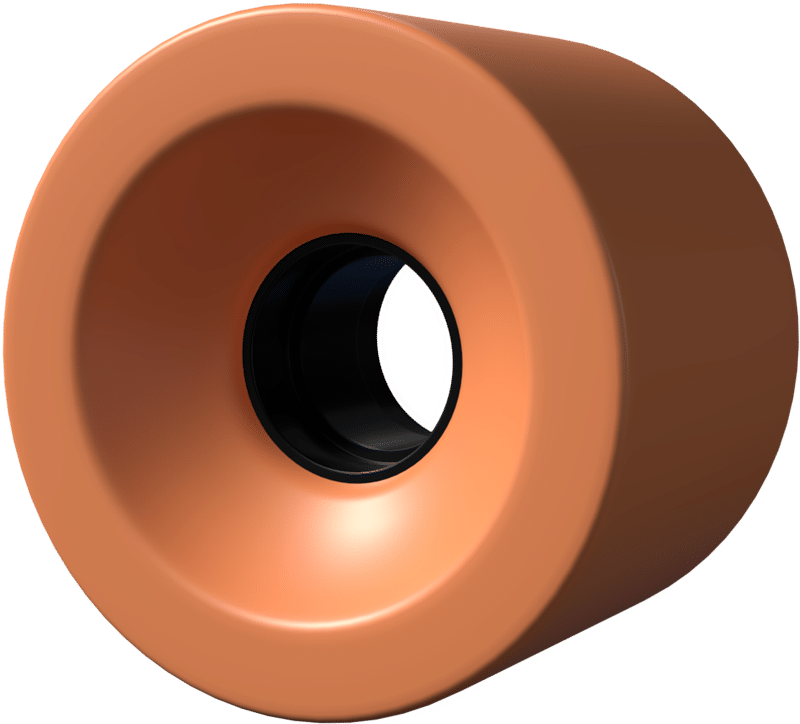
Functional for downhill/freeriding, cruising, surfskating and commuting. Wheels this large are usually more challenging to slide at slower speeds.
Popular Wheels
65mm Love Handles
66mm Hot Spots
69mm Powell Snakes
60-65mm Wheels
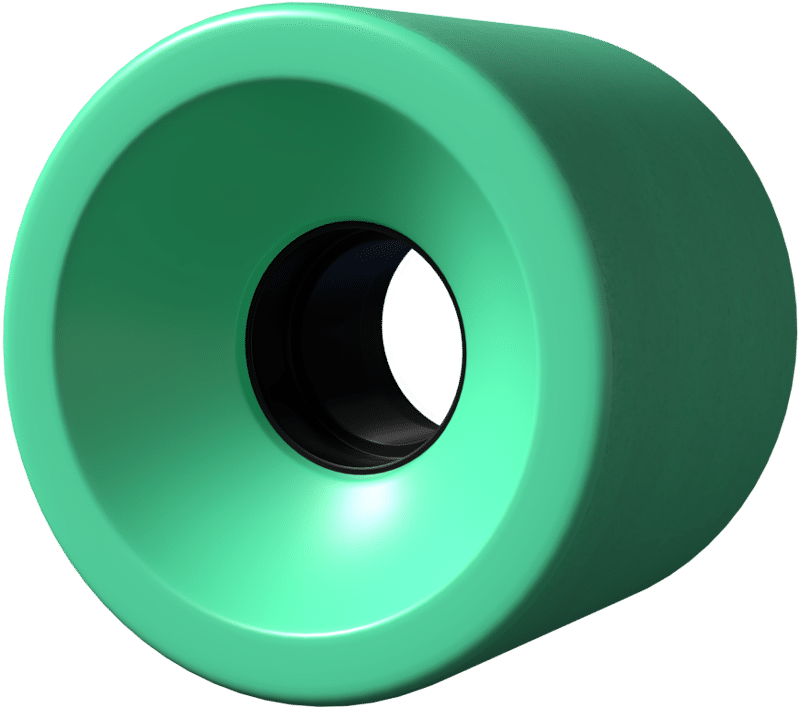
Functional for commuting, slides, and carving/pumping. Often used on mini cruisers, surfskates, dancing longboards and freestyle setups.
Popular Wheels
60mm Lil EZ Hawgs
63mm Fatty Hawgs
64mm Powell Dragon
55-60mm Wheels
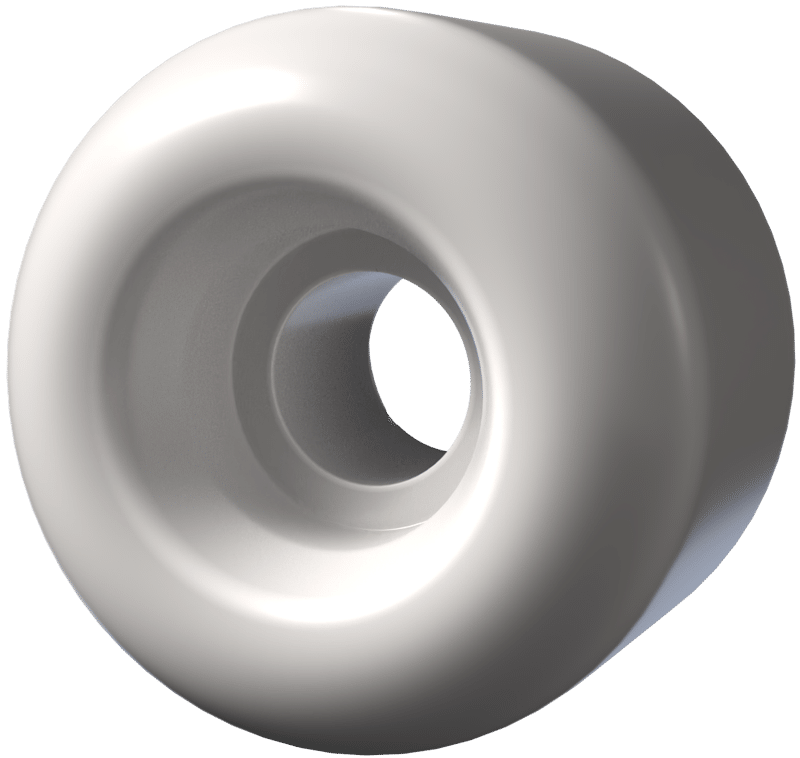
Functional for pool skating, mini cruisers, and technical slide.
Popular Wheels
56mm G Slides
59mm G Slides
Bottom Line
Having a good set of wheels is vital to how your setup will feel. Experiment with different wheels to determine what fits your riding style best.

